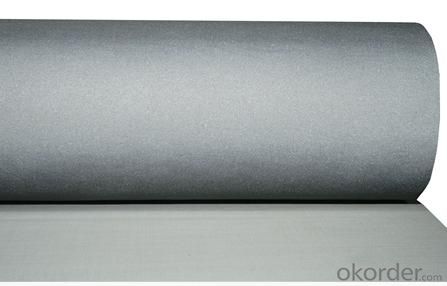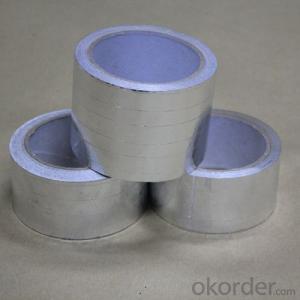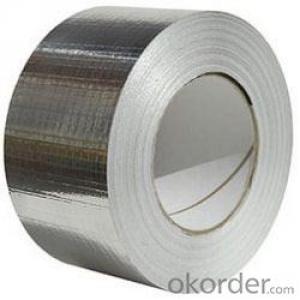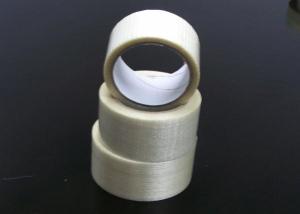Quick Details
Place of Origin: China (Mainland)
Meet Standard (1): ASTM D4956 Type II (U.S.A)Technology: Prismatic Reflective TechnologyService: 5 Years
Meet Standard (2): DIN 67520, DIN 6171-1 (German)
Meet Standard (3): EN 12899-1 (European regulation)
Meet Standard (4): NFP 98-520 (France)
Color: OEM Allowed
Self-Adhesive: Yes
High Intensity Grade: Yes
Packaging & Delivery
Packaging Details: | Carton Packing/OEM Packing |
Delivery Detail: | 3-15 Days |
Specifications
-5 Years Durability
-Encapsulated Micro Glass Bead Retro Reflective Technology
-ASTM D4956 Type VII
-DIN 67520, DIN 6171-1
Features
5 Year Durability
Meet Multiple Specifications
-U.S. ASTM D4956 Type II (U.S.A)
-DIN 67520, DIN 6171-1 (German)
-BS EN 12899-1:2007 and BS 8408:2005 Class RA2 (U.K.)
Wide Angular Legibility
Long Distance Visibility
Non-oriental sensitive























